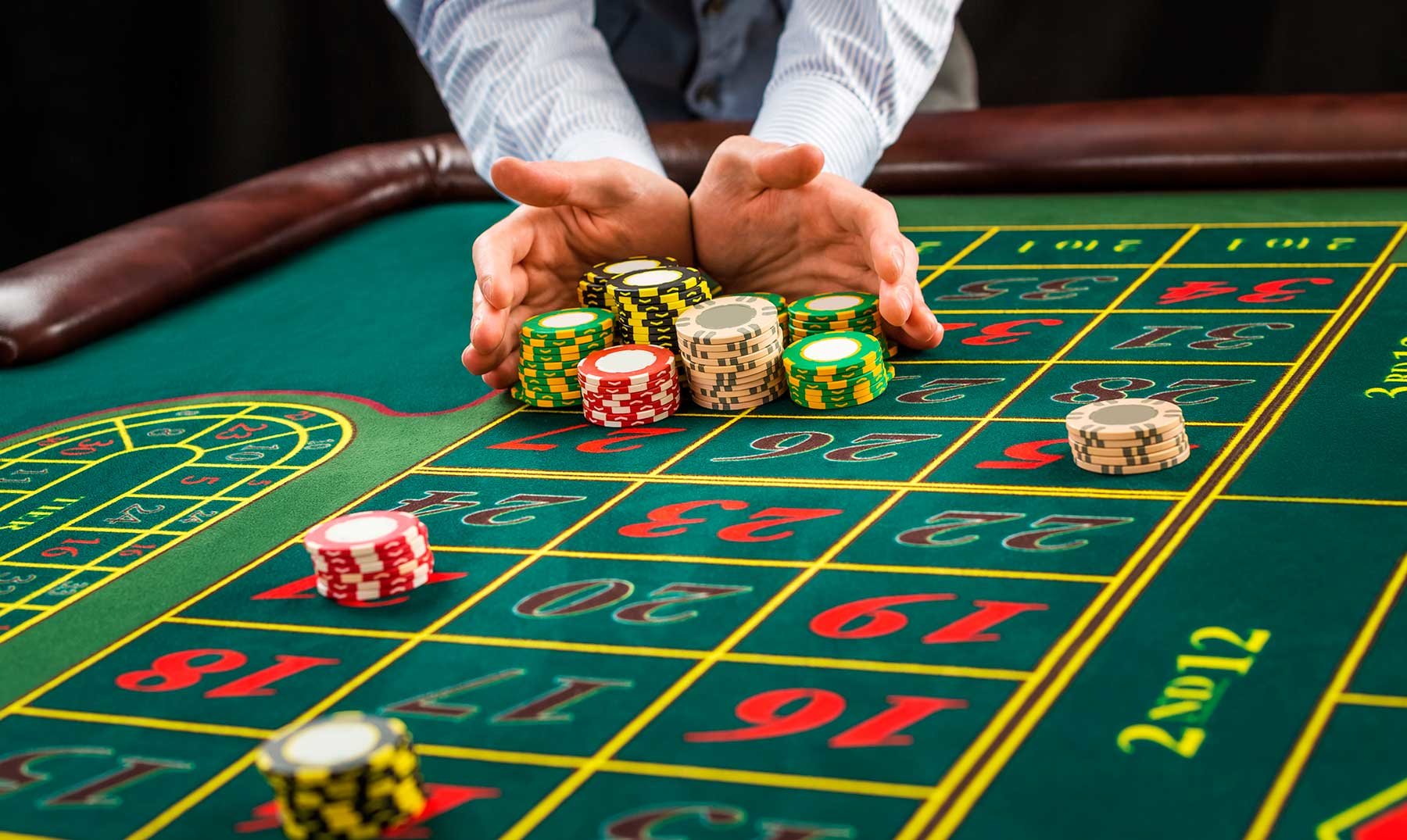The Psychology Behind Gambling Game Design
- brightstep.fr
- 0
- Posted on
Casino games have long captivated the human imagination, drawing gamblers into a world filled with chance, planning, and the allure of thrill. Each game is meticulously crafted not just for enjoyment, but also to inspire targeted emotional responses that keep participants immersed and committed. Understanding the motivations behind these designs reveals much about how psychology plays a crucial role in the gaming experience.

From the bright lights and dynamic sounds to the intricate layering of rules and rewards, casino games are designed to create an atmosphere of thrill and expectation. Game designers leverage psychological principles to influence gambler behavior, whether through the use of jackpots, near-miss scenarios, or community engagement. By examining these elements, we can better appreciate how casino games fulfill not just a need for entertainment, but more profound psychological needs for adventure and hazard.
Understanding Player Behavior
Casino games are designed with a deep comprehension of player psychology, which is vital for attracting and holding players. The excitement of the game, combined with the anticipation of winning, produces a strong allure. Game designers employ elements like sonic elements, colorful graphics, and immersive gameplay to capture attention and elicit emotional responses. These sensory effects enhance the total environment, making players feel more attached in the game.
Another notable aspect of player behavior is the concept of risk/reward dynamics. Casino games often weigh high-stakes situations with the potential for considerable rewards, which can lead to the event known as near-miss experience. When players come close to winning, the brain releases dopamine, reinforcing their behavior and encouraging them to continue playing in pursuit of that fleeting win. This cycle of wish and frustration plays a key role in how games are constructed and marketed.
Lastly, social elements also play a critical role in player behavior at casinos. Many games are designed to be played in groups or in company with other players, nurturing a sense of belonging and shared experience. The interaction inherent in games like blackjack enhances enjoyment and can culminate in prolonged gaming periods. Designers leverage on this by designing environments that prompt players to remain, connect, and come back, making the overall casino experience more inviting. https://jun88nx.com/
The Role of Imagery and Audio
Imagery and audio play a significant role in enhancing the player’s experience within casino games. Designers utilize bright colors, striking graphics, and captivating animations to attract players’ attention and maintain their interest. The use of motifs, such as exploration or opulence, helps create an engaging atmosphere that takes players into another world. By connecting to the senses, these elements contribute to a intensified emotional response, prompting players to engage more profoundly with the games.
Audio design is just as important in enhancing the experience of gambling games. The mix of background music, audio effects for successful combinations, and environmental noises creates an sound landscape that keeps players enthralled. Sounds associated with wins, such as chiming bells or celebratory music, evoke feelings of thrill and satisfaction, encouraging players to keep playing. These sound cues are carefully placed to amplify the thrill of the game and create a more engaging experience.
Additionally, the alignment of imagery and audio is crucial for reinforcing the game’s overall theme and atmosphere. Each element should align seamlessly to create a unified experience that pulls players in. The effective use of this integration not only improves user enjoyment but also increases the likelihood of return play, as players become more invested in the immersive world that the gambling games offer. This thoughtful integration of visuals and sound ultimately enhances player engagement and commitment.
Reward Structures and Participation
The development of casino experiences significantly depends on reward structures to keep participants involved and coming back for additional experiences. These structures are based in behavioral theories that take advantage of human behavior and motivation. Participants are often driven by the excitement of winning, which is reinforced by instant feedback through the game structure’s design. This prompt satisfaction not just improves the gaming experience but also fosters a sense of success, prompting participants to keep participating in hopes of bigger gains.
Casinos utilize various incentive systems, including large payouts, extra rewards, and multipliers, to captivate players. These elements create a level of excitement that sustains engagement. Additionally, the unpredictability of outcomes plays a significant role in keeping attention. The intermittent reinforcement schedule, where successes are random but happen often enough, keeps players on edge and motivated to continue participating. This loop of hope and expectation is foundational to the success of gambling experiences.
In addition, social elements, such as tournaments and multiplayer features, boost the engagement factor by tapping into the competitive nature of participants. The communal aspect of gaming with fellow participants can intensify the excitement of success and create a community atmosphere within the casino. By combining these social dynamics with effective reward systems, casino games don’t just provide fun but also foster a stronger connection among participants, reinforcing their commitment to the gaming experience.